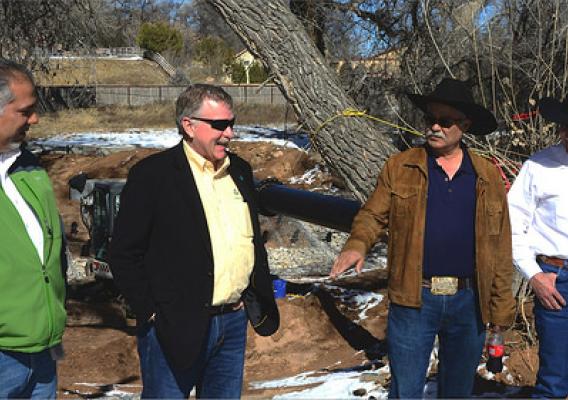Every month, USDA shares the story of a woman in agriculture who is leading our industry and helping other women succeed along the way. This month, we sit down with Farm and Foreign Agricultural Services (FFAS) Deputy Under Secretary Alexis Taylor to discuss USDA’s Women in Agriculture mentorship network and her personal commitment to making sure the next generation of women is educated, encouraged and empowered to take on the world’s growing food, fuel and fiber needs.
An Army veteran and native Iowan, Deputy Under Secretary Taylor, who assumed the duties of the FFAS Under Secretary in February, leads the Department’s charge in international and domestic farm policy including overseeing commodity, credit, conservation, disaster, and emergency assistance programs that help improve the stability and strength of the agricultural economy. She works to build new markets and improve the competitive position of U.S. agricultural products in the global marketplace, and leads the Department’s Women in Agriculture mentorship network.









